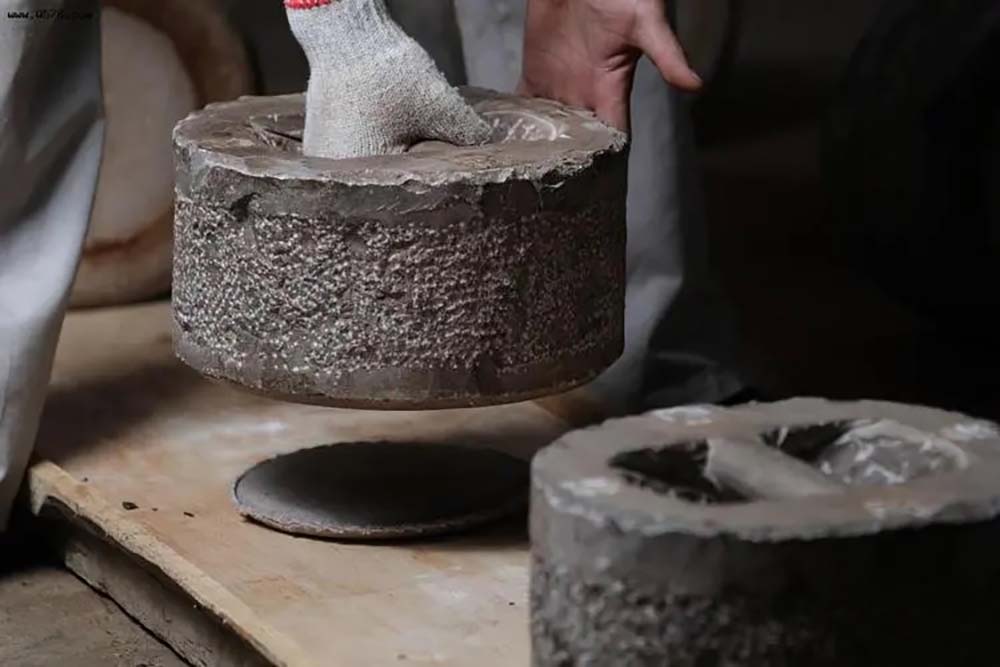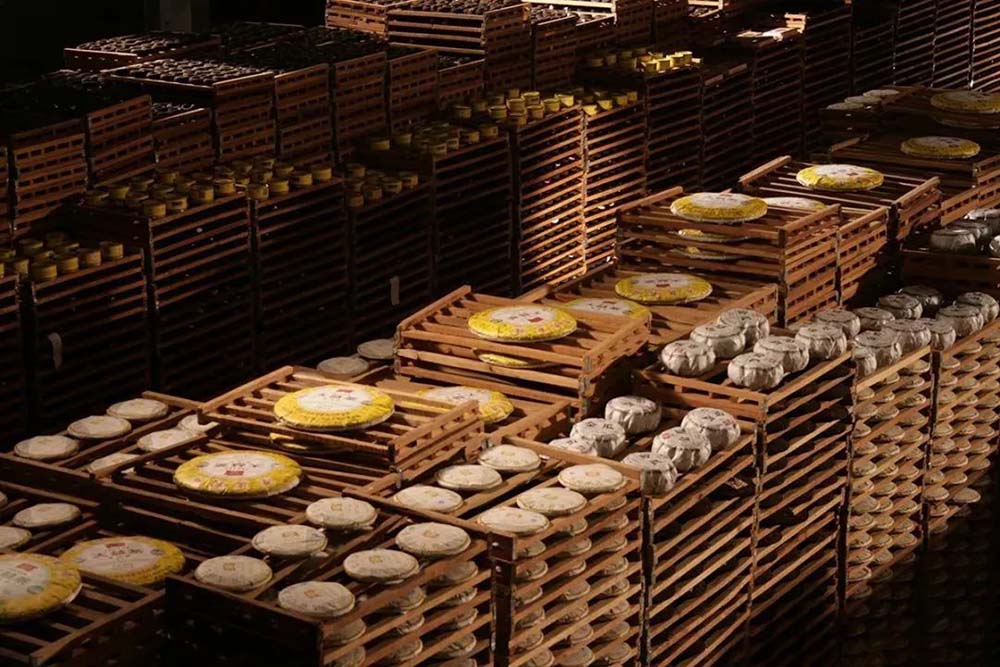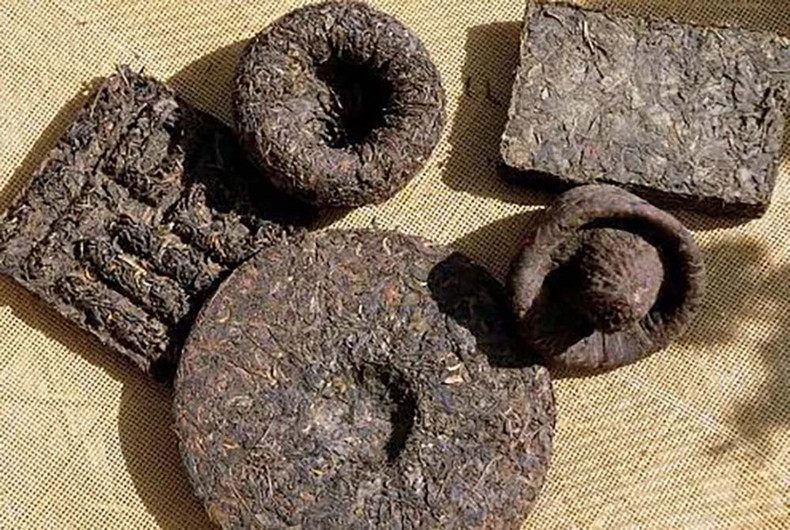There are two types of Pu-erh tea: loose tea and pressed tea, and most of the teas on the market are pressed tea, such as tea cake, brick, tuo cha, melon and so on. Why is Pu-erh pressed into pressed teas of various shapes?
Easy transport
In the beginning, the tea was pressed because most of the tea from Yunnan was transported to Tibet and other places through the ancient tea-horse road in ancient times. In order to transport more tea leaves conveniently and to solve the transportation loss caused by long-distance travel, there are shapes such as bricks, cakes, and Tuo. Loose tea takes up a lot of space during transportation and storage. While the tea leaves are easy to crush, the quantity that can be transported is also greatly reduced compared to compressed tea. If the tea is pressed, it is more convenient for trade and transportation.

Of course, compared with ancient times, the road traffic has been greatly improved. Even in a place with many mountains like Yunnan province, tea is no longer compressed just for the convenience of transportation.
Advantages in late aging
The most important feature of Pu-erh tea is that it gets better and better with age. What causes this advantage of Pu'er tea? The compaction process is the key.
On the one hand, compressed tea preserves the color, aroma and taste of leaves better than loose tea. Compared with loose tea, the contact area between compressed tea and oxygen and light is much smaller, so that the oxidation rate of polyphenols, ketones, and chlorophyll in tea is much slower, and the tea quality can be better preserved.

On the other hand, compression creates a superior post-fermentation. The steaming during the process of pressing loose tea into cake tea has greatly increased the number of small microorganisms, creating a superior environment for the fermentation of small microorganisms. At the same time, after the tea leaves are pressed and formed, the interior is in an anoxic state, which is just conducive to the occurrence of anaerobic fermentation. Because only with the participation of anaerobic flora, Pu'er tea can produce its unique derivative substances, and these derivative substances are factors that produce health care functions for the human body. The prerequisite for the survival and work of anaerobic flora is anaerobic conditions.

Therefore, the post-fermentation of Pu'er tea basically relies on the method of pressing and forming. If Pu-erh tea is fermented before it is compacted and solidified, the main force of its fermentation is the microbial aerobic flora, and after it is compacted and solidified, the baton is handed over to the microbial anaerobic flora. With the participation of anaerobic flora, as the time of aging of pressed tea becomes longer and longer, the tea cake will produce a unique aroma in the process of continuous natural transformation, and the inner quality will continue to transform.
Therefore, the aged Pu-erh teas handed down from history are basically formed in the form of cakes, bricks, tuos, etc., and loose teas are rarely seen. Because loose-shaped tea only has an aerobic fermentation process and lacks anaerobic fermentation procedures, it will inevitably cause subsequent changes to show a tendency of carbonization, which is not conducive to long-term storage.
For the Chinese people, who are obsessed with meaning in everything, Pu-erh pressed tea is mostly in two shapes of "square" and "round", which cleverly embodies the philosophical thought of " the dome-like heaven embraces the vast earth" in traditional Chinese culture. The "round" cake tea is the pictogram of "heaven" where the universe nurtures the world, and the "square" brick tea is the pictogram of "earth" that carries all things.

